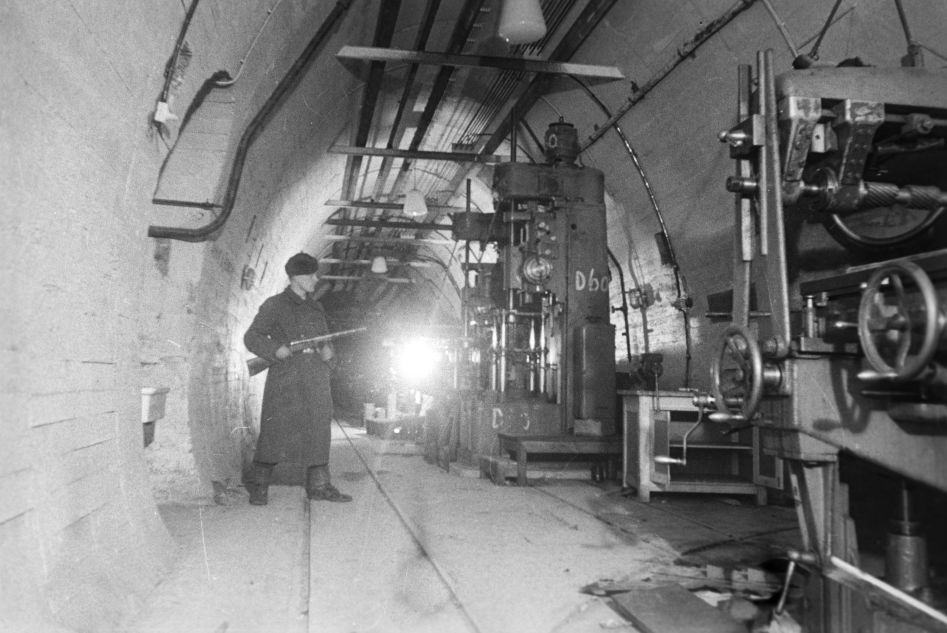On 21 December, at the Final Act of the Paris Conference, the victorious countries distributed German property to be seized as reparations. Germany had to reimburse 20 countries around the world, including Egypt and New Zealand, to compensate for the damages caused by the predatory war.
In February 1945, at the Yalta Conference, the Allies of the Anti-Hitler Coalition determined the size of the reparations that Germany would pay after the war. It was decided that, unlike the provisions of the Treaty of Versailles of 1919, the new reparations should have a material rather than monetary form.
At the Potsdam Conference, held from 17 July to 2 August 1945, the amount and form of reparations to the USSR and Poland were settled. The USSR received German property from the Soviet Occupation Zone, plus a quarter of the dismantled equipment from the Allied zones: 10% free of charge, 15% in exchange for food and coal supplies to the Allied zones.More to read
The reparations due to Poland were to be allocated from the Soviet share by the USSR itself. They amounted to about 15% of the total share of material goods exported from Germany.
On 9 November to 21 December, a conference of the Anti-Hitler Coalition countries took place in Paris, without the participation of the USSR or Poland. The conference was attended by representatives of 18 states: the USA, the United Kingdom, France, Albania, Australia, Belgium, Greece, Denmark, Egypt, India, Canada, Luxembourg, the Netherlands, New Zealand, Norway, Czechoslovakia, the Union of South Africa (since 1961 – South Africa), and Yugoslavia. The delegations were to determine the extent of the damage caused to the economy and citizens in each country and the corresponding amount of reparation. They decided to create the Inter-Allied Reparations Agency (IARA), based in Brussels, responsible for distributing German property between the countries. All 18 participating countries were to receive material compensation from the US, British, and French Occupation Zones, minus the Soviet share from these territories.
The list of German property that could not be seized included gold reserves, works of art, and cultural property that was seized in other countries and subject to the restitution process. The rest of Germany's property was divided into two categories: A and B. Category B reparations included: industrial equipment, the merchant fleet, as well as water and river transport; Category A reparations included everything else.
By Ekaterina Chernetskaya
Share of total German reparations received by a country from territories outside the Soviet Occupation Zone:
United Kingdom
Category A – 28%
Category B – 27.8%
United States
Category A – 28%
Category B – 11.8%
France
Category A – 16%
Category B – 22.8%
Seven countries formerly under German occupation and India received between 1.5% and 9.6% of their reparations in each category. Egypt received the smallest share of reparations – 0.05% and 0.2%.
























